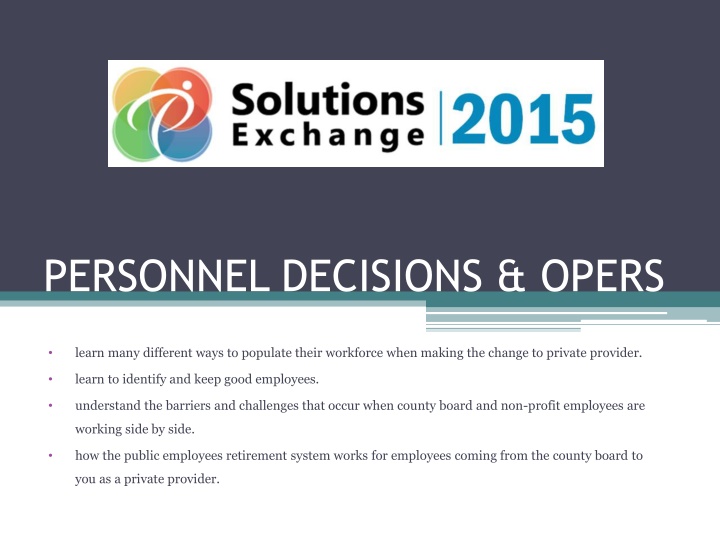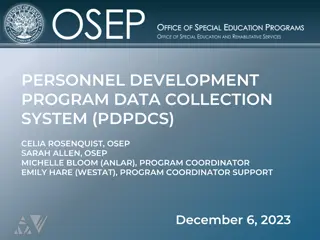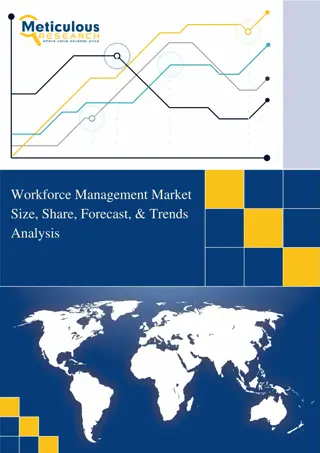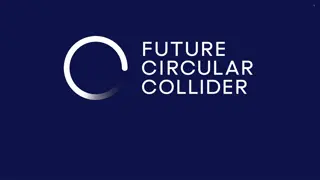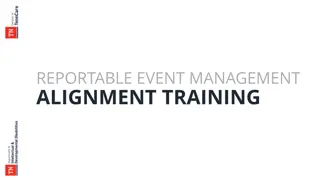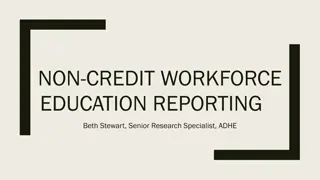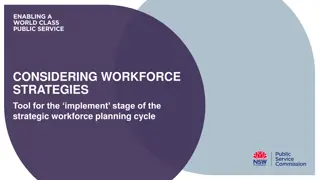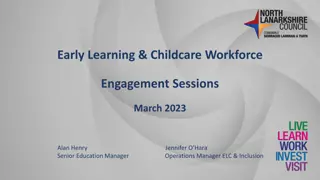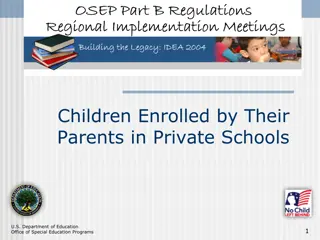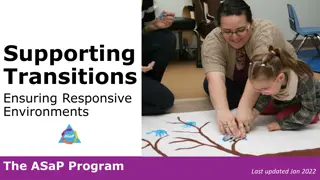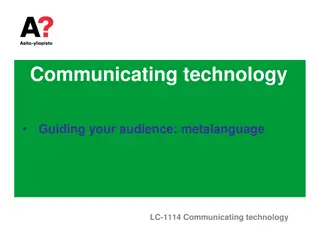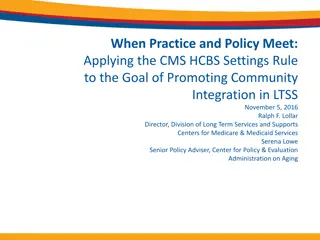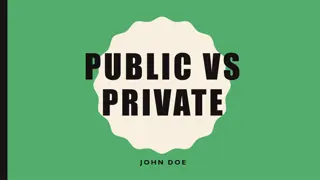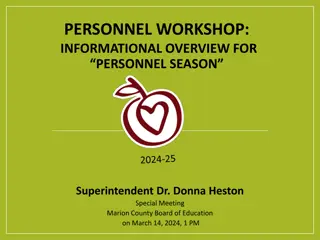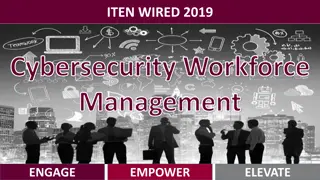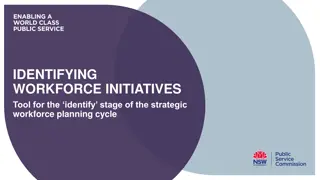Navigating Workforce Transitions and Personnel Decisions in Private Provider Settings
Explore various approaches to cultivating a strong workforce when transitioning to a private provider, including identifying and retaining top talent, addressing barriers when county board and non-profit employees collaborate, and understanding the implications of joining the public employees retirement system. Consider factors such as experience alignment, cultural fit, training requirements, and challenges of integrating new staff into the organization.
Uploaded on Sep 10, 2024 | 4 Views
Download Presentation

Please find below an Image/Link to download the presentation.
The content on the website is provided AS IS for your information and personal use only. It may not be sold, licensed, or shared on other websites without obtaining consent from the author.If you encounter any issues during the download, it is possible that the publisher has removed the file from their server.
You are allowed to download the files provided on this website for personal or commercial use, subject to the condition that they are used lawfully. All files are the property of their respective owners.
The content on the website is provided AS IS for your information and personal use only. It may not be sold, licensed, or shared on other websites without obtaining consent from the author.
E N D
Presentation Transcript
PERSONNEL DECISIONS & OPERS learn many different ways to populate their workforce when making the change to private provider. learn to identify and keep good employees. understand the barriers and challenges that occur when county board and non-profit employees are working side by side. how the public employees retirement system works for employees coming from the county board to you as a private provider.
Different ways to populate your workforce Understanding wage & benefits issues when transferring county board employees to private. What experience does the individual bring to the private organization? Do they share the vision? Fluidity, hours, etc. .
Hiring with previous Day Hab/DD experience Do they have the experience that your agency wants? Are they trained as well as your staff and/or in the areas you need? Is retraining needed towards new model of community integration? Will this potential employee fit into the company culture of change ? Change is constant if you are not changing you are not moving forward.
Employing staff from the community Direct Hire verses using a Head Hunter Training requirements have increased Who is doing the training? Outside vs. Inside Who pays for BCI, Drug test, physicals & TB? Agency or potential employee?
Identifying and Keeping Good Employees
Do you use a probation period effectively? Identifying your leaders and mentors, and how to effectively use them as a agency model. Separate the bad apples asap. 10% of the people give you 90% of your problems.
Challenges of DD Board & Non-Profit staff working side-by-side.
Differences in wages and benefits while doing the same job. Affects attitude & quality Old service delivery method vs. the new integration model Personal care verse Person Centered Outcomes
Supervision of employees Needs to be clearly identified with both agencies. Is there a contract in place on how supervision is identified? Is there a clear expectation of roles and duties that is a reflection of the new private agency?
Transitioning CB employees that are still eligible in OPERS
Hickman & Lowder Co. L.P.A. Attorneys at Law County Boards of Developmental Disabilities (formerly MR/DD), Mental Health, and Drug/Alcohol Boards, as well as private and non- profit agencies, sometimes need legal or public policy advice and representation beyond that which in-house counsel or county prosecutors can provide. For those tackling a sticky guardianship issue, learning about new regulations, or facing an unfamiliar personnel challenge, Hickman & Lowder can help reduce your stress and turn things that seem like obstacles into opportunities.
Ohio PERS Carryover Public Employees A carryover employee is an OPERS member who continues to perform the same or similar duties for a private employer that contracts to provide functions that were publicly operated. A carryover employee has two choices. The employee can continue to contribute to OPERS and contribute to Social Security, or The employee can elect to terminate membership in OPERS and contribute only to Social Security. Regardless of the choice, carryover employees are required to pay into Social Security.
Employer Responsibilities A public employer who is transferring a public operation and its employees to a private employer should contact OPERS through the Employer Call Center (1-888-400-0965, select prompt #3 for membership and compliance) well in advance of the conversion. OPERS will supply the employer with applicable instructions and forms. If the private employer does not manage the responsibility, the public employer who contracts with the private employer is responsible for ensuring continuation of contribution report submission and payment.
Contact OPERS Employer Outreach employeroutreach@opers.org 1-888-400-0965 Understand the difference between a traditional OPERS member and a carryover member retirement.
Rich Patterson Nick Amster Laura LaGodney Ability Works, Inc. Thank You!
